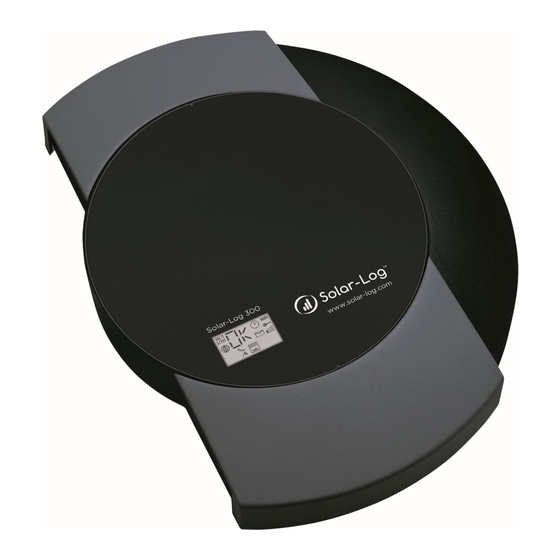
Solar-Log 250 Manual
Hide thumbs
Also See for 250:
- Manual (319 pages) ,
- Installation manual (224 pages) ,
- Connection manual (24 pages)
Table of Contents
Advertisement
Advertisement
Chapters
Table of Contents








Need help?
Do you have a question about the 250 and is the answer not in the manual?
Questions and answers